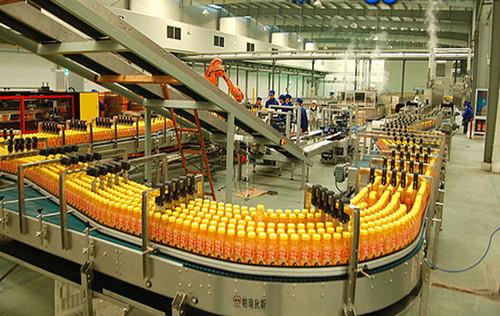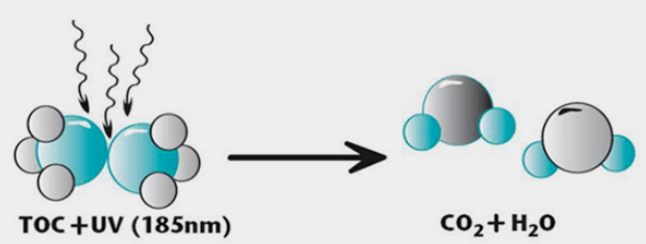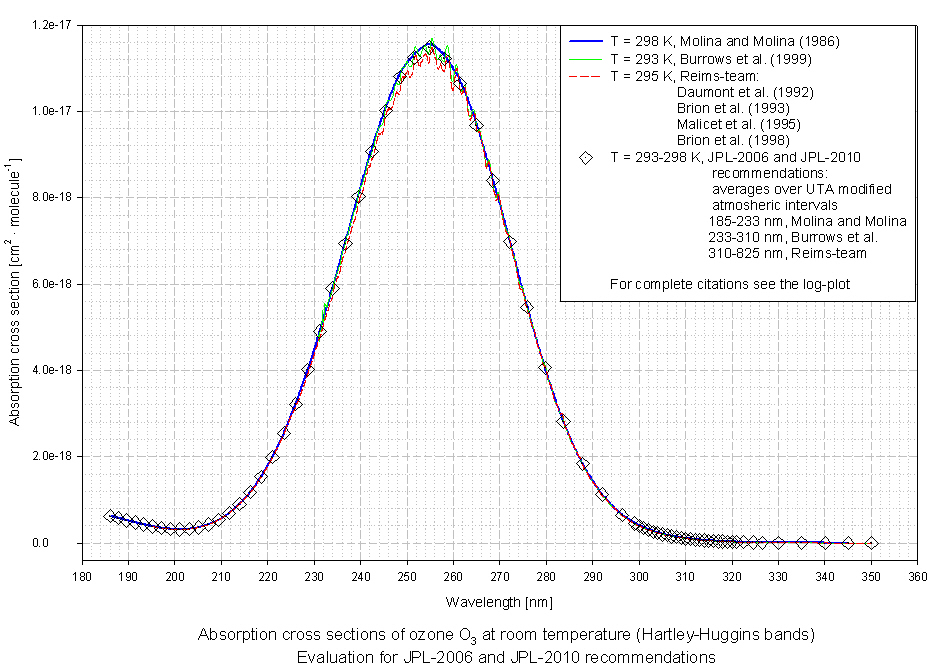Sterilization has become synonymous with ultraviolet light. Under the baptism of the new crown epidemic, the ability of ultraviolet light to disinfect has been recognized by the public. Ultraviolet sterilization mainly uses ultraviolet light with a wavelength of 254 nanometers. Ultraviolet light of this wavelength, even in a small amount of ultraviolet projection dose, can destroy the life core of a cell-DNA, thereby preventing cell regeneration, and losing the ability to regenerate makes bacteria harmless, thereby achieving the effect of sterilization. But besides the disinfection of water, there are more applications of ultraviolet rays. Let us take a look~
1. UV liquid sugar disinfection
Most food and beverage manufacturers use large amounts of liquid sugar. Since sugar is a food that is easily used by bacteria, it is easy to promote bacterial reproduction. In addition, liquid sugar is opaque, so it is difficult to disinfect thoroughly. Ultraviolet rays with a wavelength of 254 nanometers can be used to disinfect liquid sugar products. In order to compensate for the energy loss caused by the viscosity and color of the liquid, many UV emitters need to be tightly arranged to form a so-called “thin film” reactor. This close combination of emitters can provide the required very high ultraviolet radiation, which can effectively disinfect liquid sugar. Its UV energy output is about 7 to 10 times that of traditional disinfection systems.
2. Ultraviolet cooling circulating water disinfection
Effectively disinfect the cooling tower; in order to reduce the cost of biocides (purchase, storage, insurance) and the health hazards of chemical treatment, the UV system can be installed in the water circulation system of the cooling tower to play a role in sterilization. If used together with a filter, ultraviolet light can effectively control the growth of microorganisms and algae in the cooling tower. Although a certain concentration of biocide still needs to be retained in the cooling tower, the application of ultraviolet light can greatly reduce its usage.
3. UV surface disinfection and air disinfection
Generally, the UV lamp can be installed in the air duct, at the front end of the fan coil, or on a shelf fixed to the wall. When the air passes by, the microorganisms in the air are killed and become harmless. At the same time, the surface of the pool is irradiated to reduce the growth of bacteria, mold, and Legionella. In the food and beverage production industry, there are also applications where ultraviolet rays are used to disinfect the surface of products/caps on conveyor belts.
4.UV TOC removal
Reduce the total amount of organic carbon in the water; in many laboratory installations, organic matter can hinder the production of high-purity water. There are many ways to remove organic matter from the water, the more common methods include the use of activated carbon and reverse osmosis. Ultraviolet rays with a shorter wavelength (185 nm) can also effectively reduce the total organic carbon. Ultraviolet rays with shorter wavelengths have more energy, so they can decompose organic matter. Although the reaction process of ultraviolet oxidation of organic matter is very complicated, its main principle is to oxidize organic matter into water and carbon dioxide by generating free hydrogen and oxygen with strong oxidizing ability. Like the ozone removal system, this UV system that degrades organic carbon emits three to four times the UV radiation of the traditional disinfection system.
5. ultraviolet ozone decomposition
Eliminate ozone; low-pressure ultraviolet radiation at 254nm, can provide enough energy to generate free radicals, it has a stronger oxidation effect than ozone itself.
6.UV residual chlorine removal
In municipal water treatment and water supply systems, chlorination is very necessary. In the industrial production process, in order to avoid adverse effects on the product, it is often necessary to remove the residual chlorine in the water. The basic methods to eliminate residual chlorine are activated carbon bed and chemical treatment. The disadvantage of activated carbon treatment is that it needs continuous regeneration and often encounters the problem of bacterial growth.
Ultraviolet rays with wavelengths of 185 nm and 254 nm have been proven to effectively break the chemical bond between residual chlorine and chloramine. Although it requires a huge amount of ultraviolet energy to work, its advantage is that this method does not need to add any drugs to the water, does not need to store chemicals, is easy to maintain, and at the same time has the effect of sterilizing and removing organic matter.
Renownuv Vision: By focusing on the continuous development of products and services to guide customer needs, become a professional company recognized by global users.
Renownuv mission: establish a highly competitive technology company through a unique culture, provide customers with excellent products, and enable them to establish a deep relationship with the company.
This article is Renownuv’s original article, please attach the source for reprinting:www.renownuv.com





